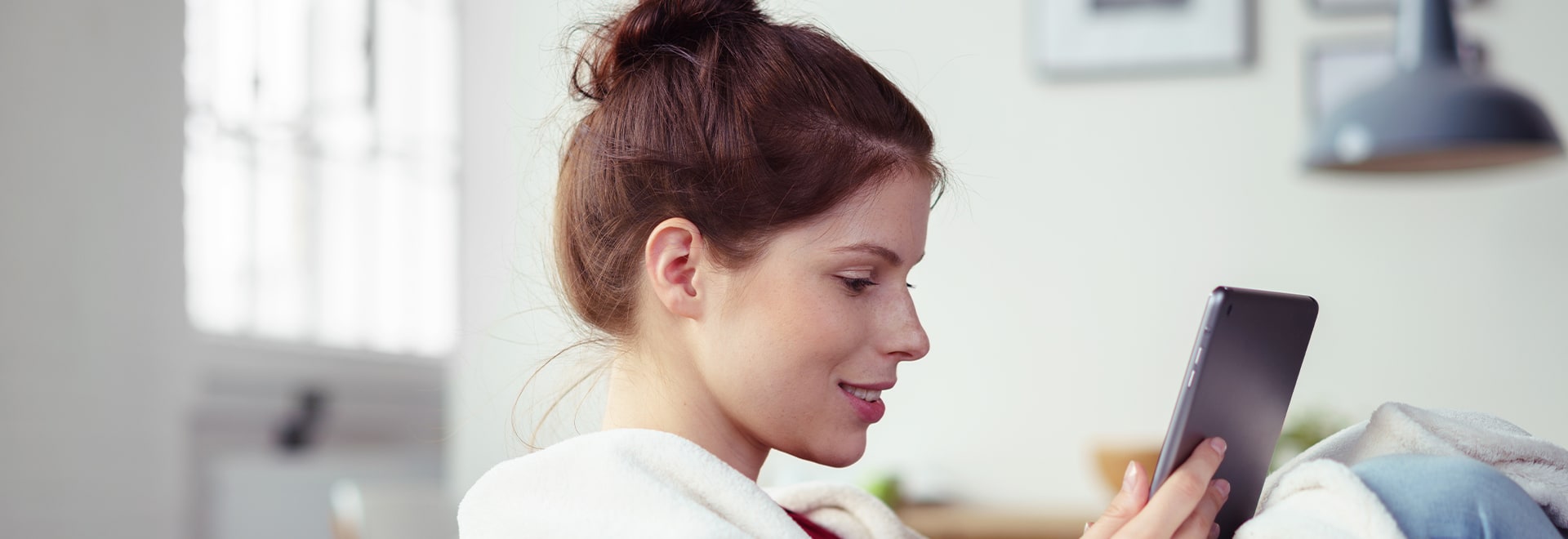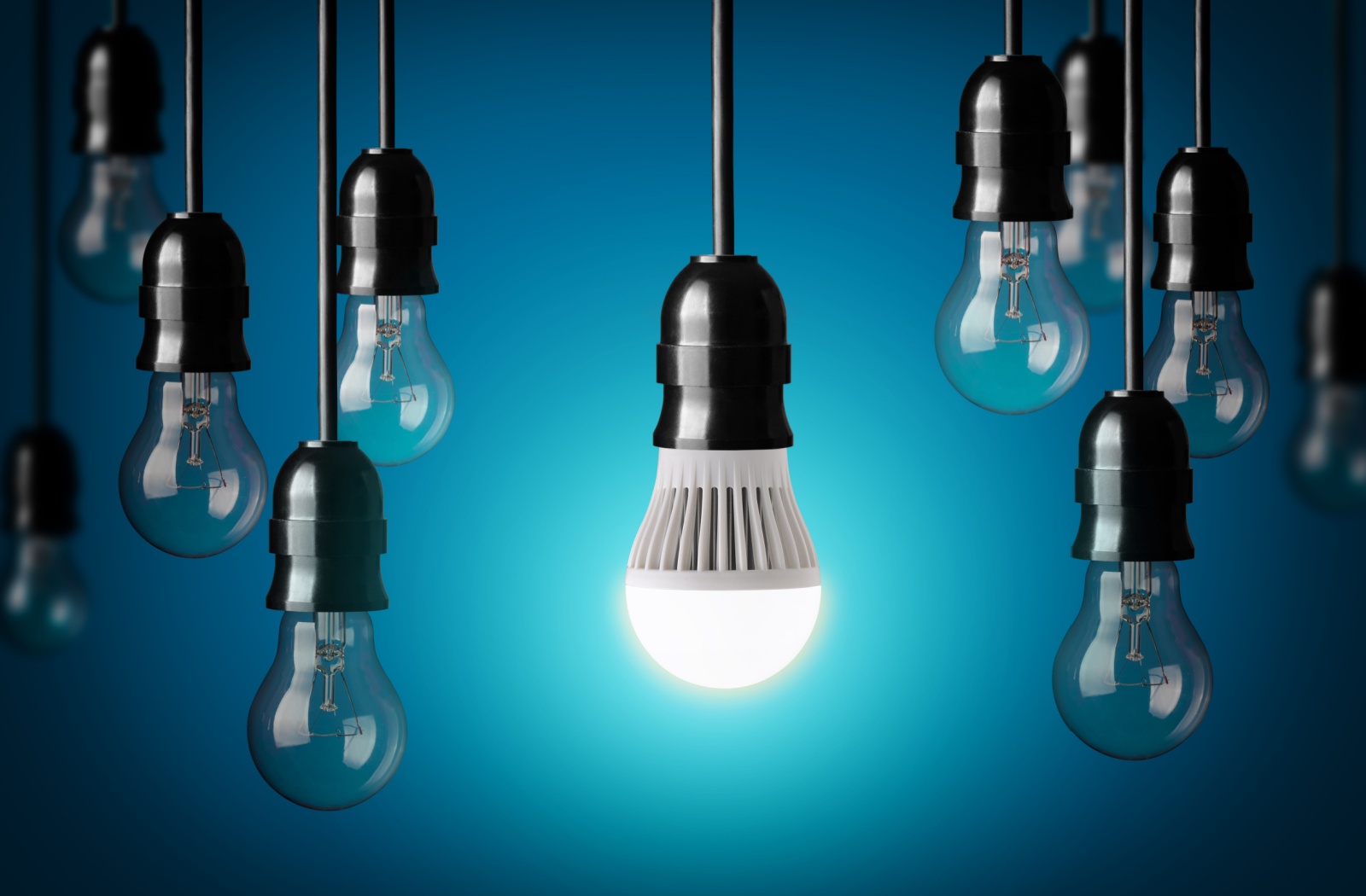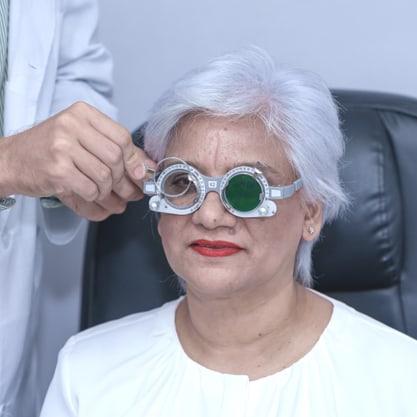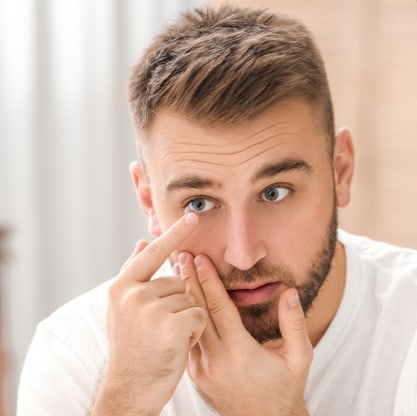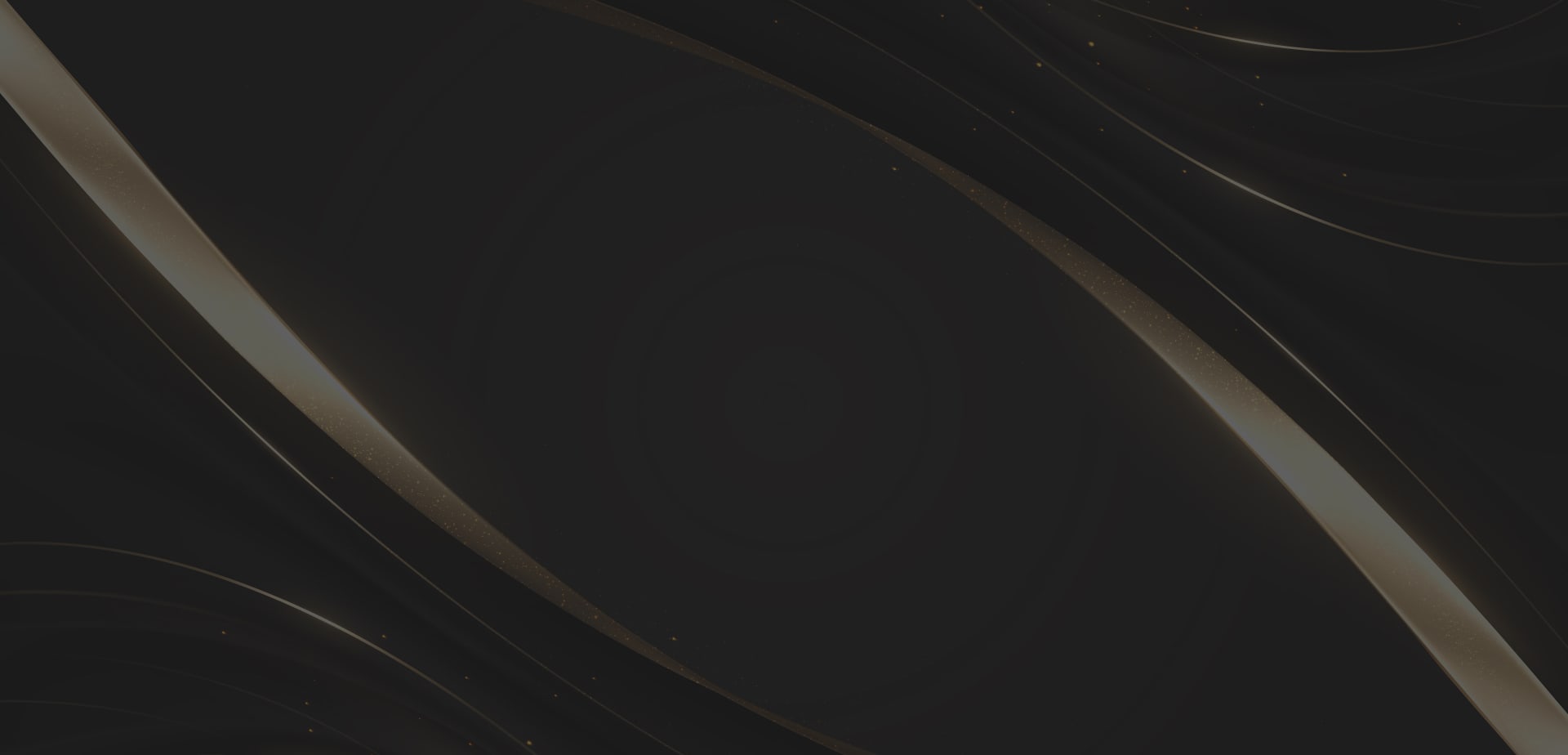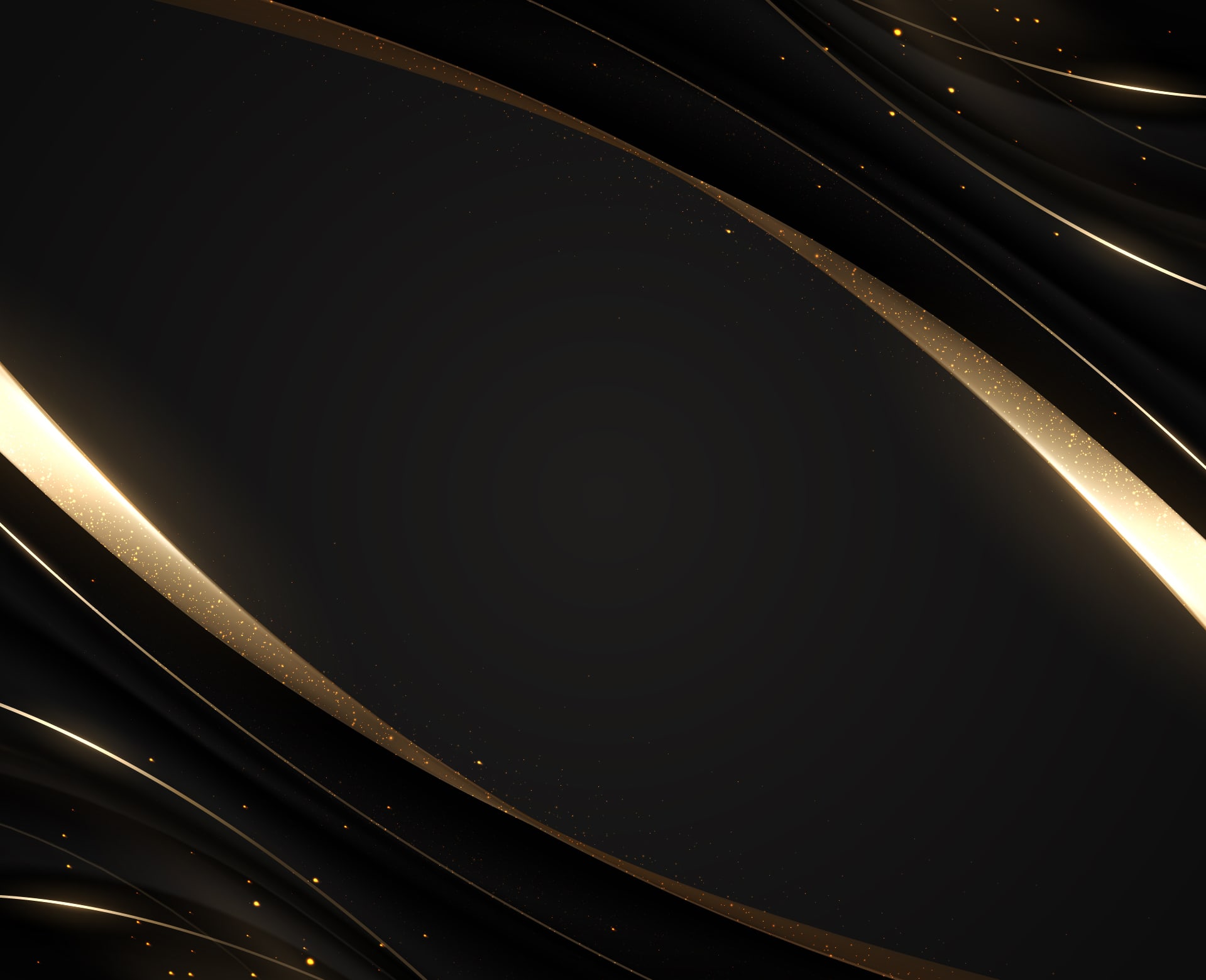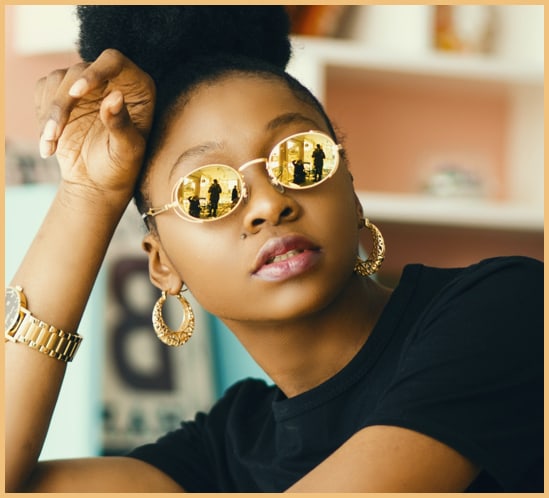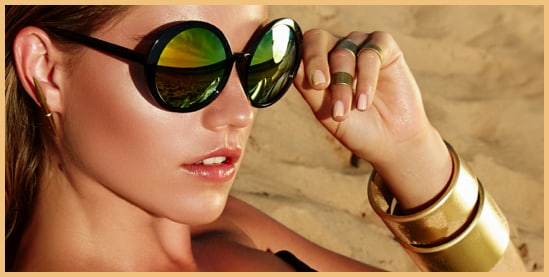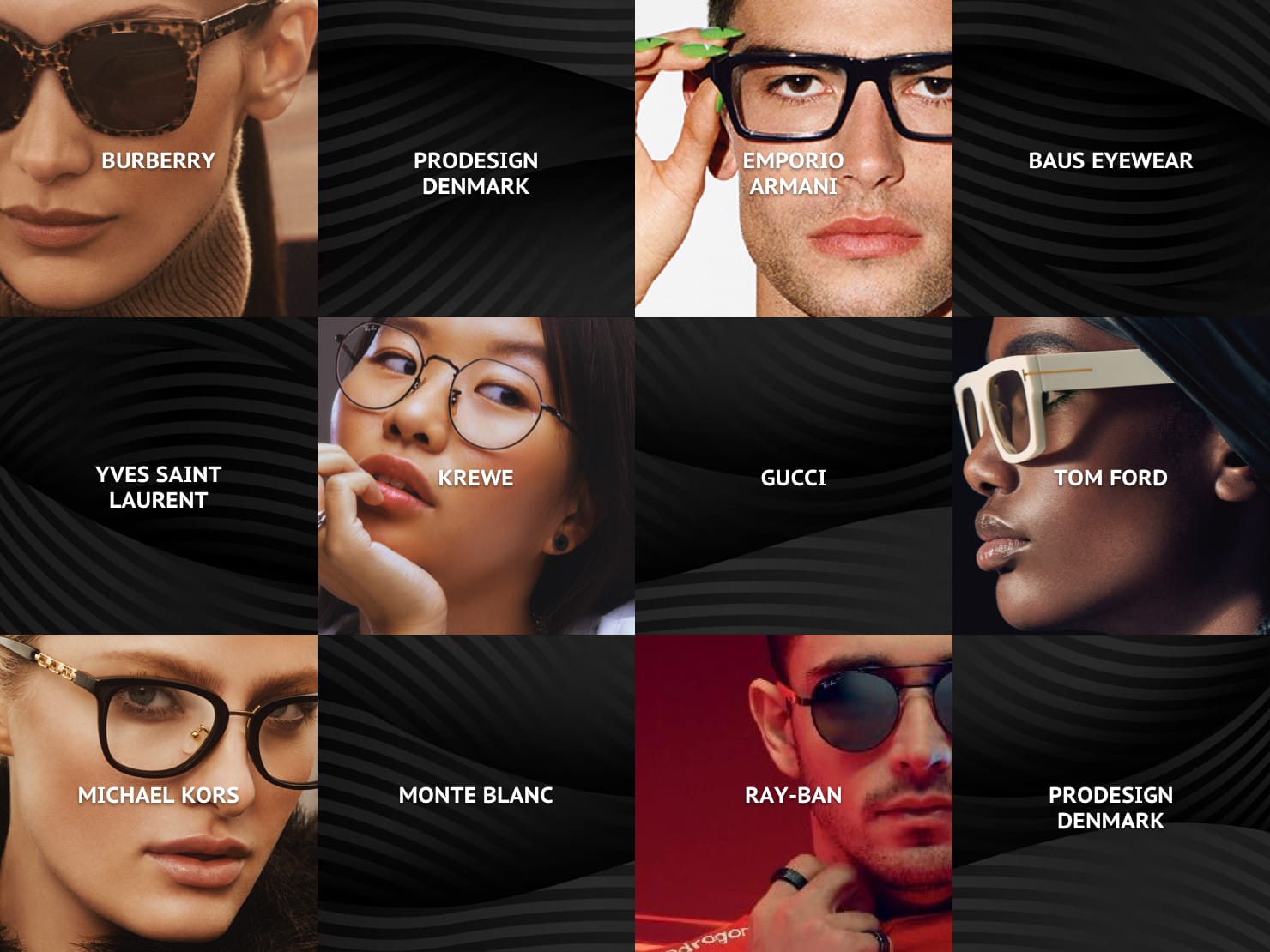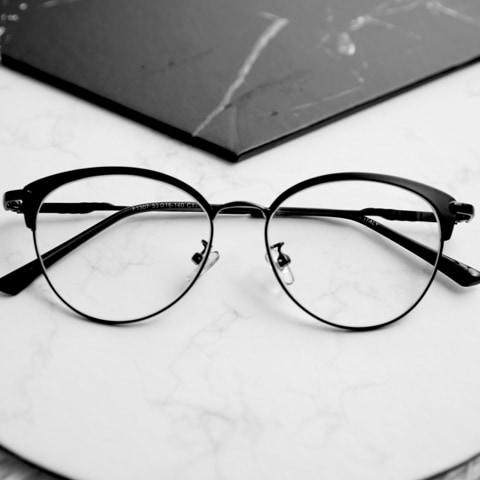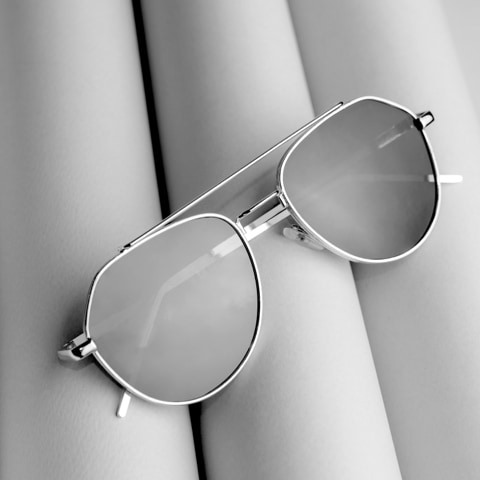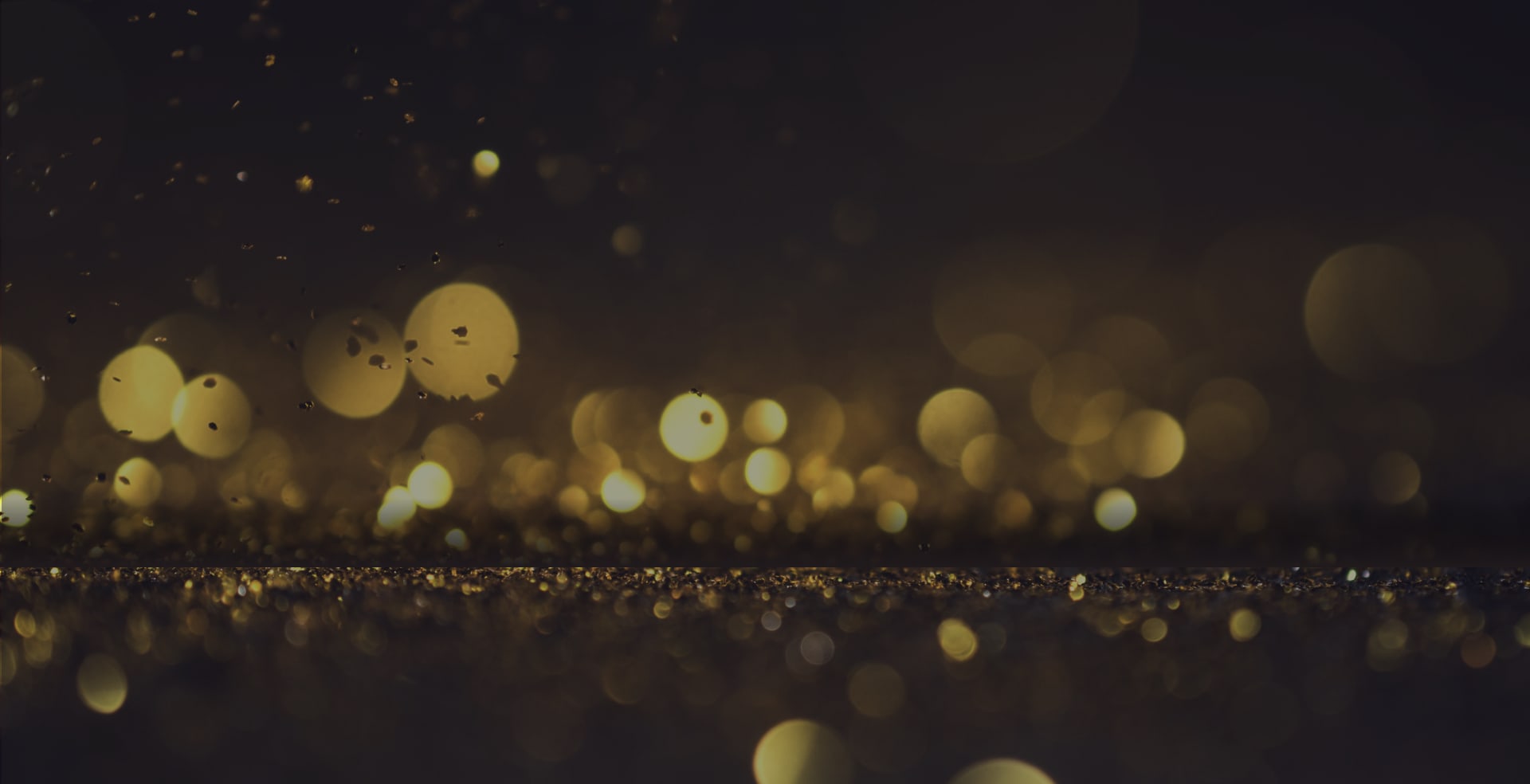In our rapidly evolving digital age, LED (light emitting diode) lighting has become an ever-present part of our daily lives. From the screens of our smartphones to the bulbs lighting our homes, LED technology offers numerous advantages, including energy efficiency and longevity.
However, as LED lights permeate more of our environment, concerns arise about the potential impact of blue light exposure produced by LED lights on eye health. Blue light from LED lights can affect your sleep patterns, but more research is still needed to determine the effects of blue light on your eyes. With increased screen time and exposure to blue light, regular eye exams have never been more crucial to monitor changes in vision and overall eye health.
What Are LED Lights?
LED lights are prized for their efficiency and durability but differ significantly from natural light sources. These artificial lights give off visible light when an electric current flows through it. Blue LED lights combined with yellow phosphor produces white light.
While natural sunlight is the most balanced light source, containing a spectrum that helps regulate the body’s circadian rhythm, LED lights, especially those emitting blue light, can disrupt this natural cycle and affect sleep patterns.
Sources of LED light can include:
- Home and outdoor lighting
- Computer monitors
- Tablet screens
- Smartphones
- LED televisions
Are LED Lights Harmful to Your Eyes?
Recent findings have brought attention to the effects of LED lighting on eye health. While the consensus is that occasional exposure to LED light is not harmful, prolonged and intense exposure can lead to discomfort and potentially exacerbate conditions such as macular degeneration over time.
However, it’s important to differentiate between temporary discomfort and long-term harm. The current body of research suggests that while LEDs can cause eye strain, the light alone does not cause permanent damage to the eyes.
Eye Strain & Blue Light
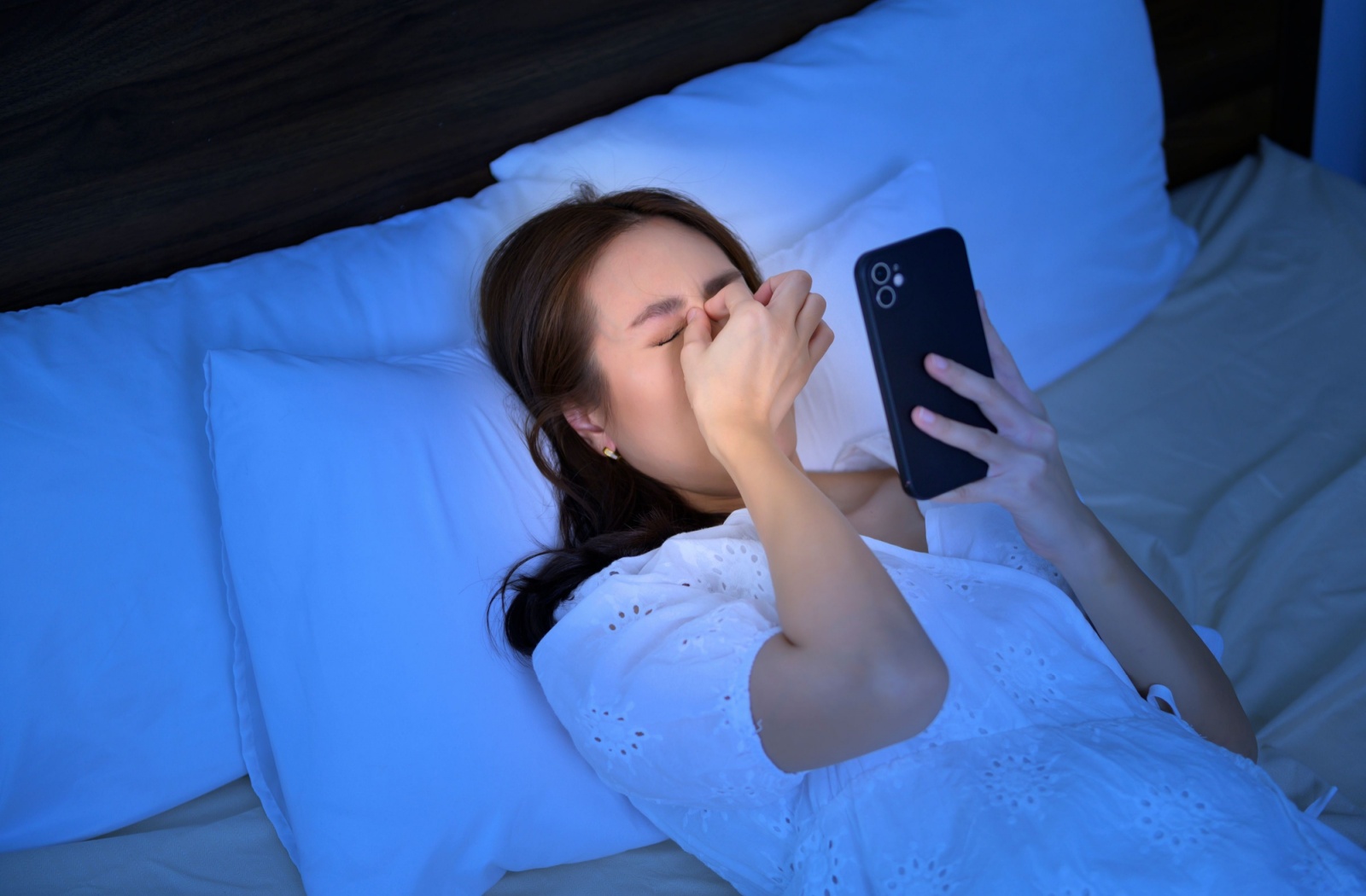
The human eye is a complex organ that responds to various light conditions. Natural light is crucial in how you perceive the world around you. While the sun is the main source of blue light, you can be exposed to other lower-intensity sources of blue light.
However, prolonged exposure to artificial light, particularly the blue light emitted by LED screens and bulbs, and at much closer distances, can cause eye strain and discomfort. These symptoms result because blue light scatters more than other visible light and is not as easily focused.
When looking at LED screens, the visual disturbances from light scatter reduce contrast and can contribute to eye strain. Exposure to low-energy blue light with wavelengths between 470-490nm is less damaging to the eye and essential for maintaining circadian rhythms than high-energy blue light with wavelengths between 400-470nm.
Factors That Can Mitigate Eye Strain
Thankfully, there are several steps you can take to minimize the impact of blue light and LED light on your eyes:
- Adjust screen settings: Utilize the night mode on devices or a filter to reduce blue light exposure in the evening.
- Apply the 20-20-20 rule: Every 20 minutes, take a 20-second break to look at something 20 feet away, as this can help reduce eye strain.
- Use proper lighting: Check that your environment is well-lit with natural light or bulbs that mimic natural light to decrease contrast and ease the strain on your eyes.
- Schedule regular eye exams: These are essential for monitoring eye health and making necessary adjustments to your vision aids, such as eyeglasses or contact lenses.
- Minimize the effects of blue light on sleep: Avoid bright screens 2 to 3 hours before bed.
- Don’t look into the light: Avoid staring or looking directly at a bright LED light, and don’t point high-intensity LED light sources, such as lasers or flashlights, directly into the eyes.
- Use filters: Use anti-glare filters on electronic devices.
Special Considerations
Each demographic may face unique challenges with LED lights:
- Eyeglasses wearers: Anti-reflective coatings, blue light lenses, and specific tints can help mitigate the effects of blue light.
- Older adults: Older adults can be more susceptible to eye diseases, so it is crucial to manage blue light exposure carefully.
- Parents: Monitor and limit screen time for children, encouraging breaks and outdoor activities to reduce prolonged exposure.
Maintain Healthy Eyes & Vision
While LED lights are integral to modern life, understanding their impact on eye health is key to maintaining good vision and comfort. By adopting eye-friendly habits and incorporating regular visits to your eye doctor, you can enjoy the benefits of technology without compromising your eye health.
Remember, the best approach to maintaining healthy eyes in this digital era is moderation, education, and informed choice. If you experience vision discomfort, eye strain, or sudden changes in your vision, book an appointment with Sage Eyecare.

